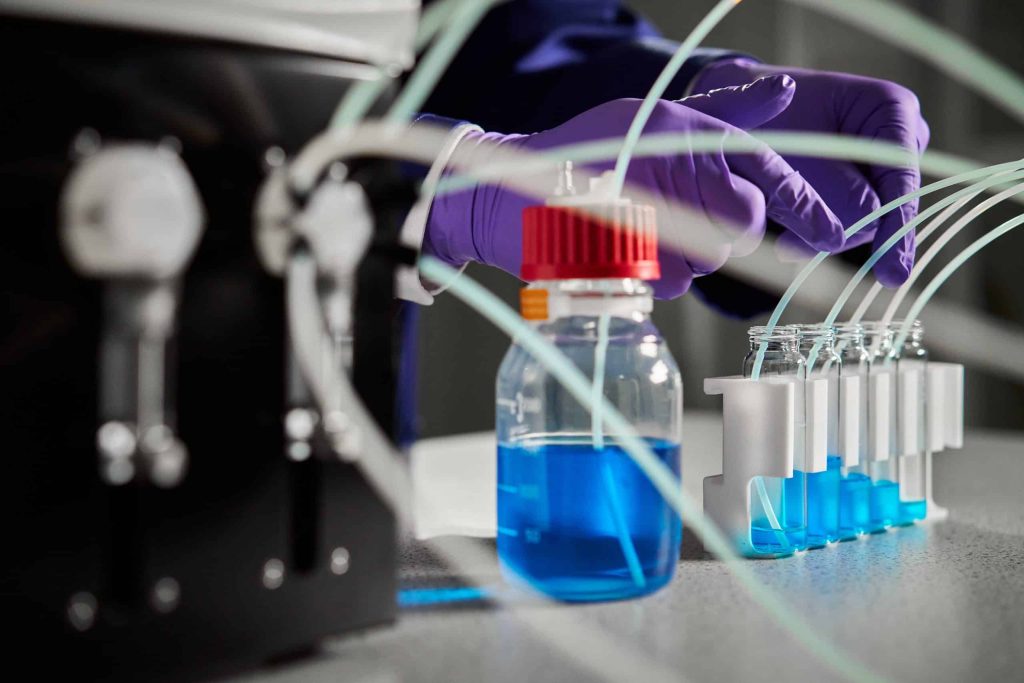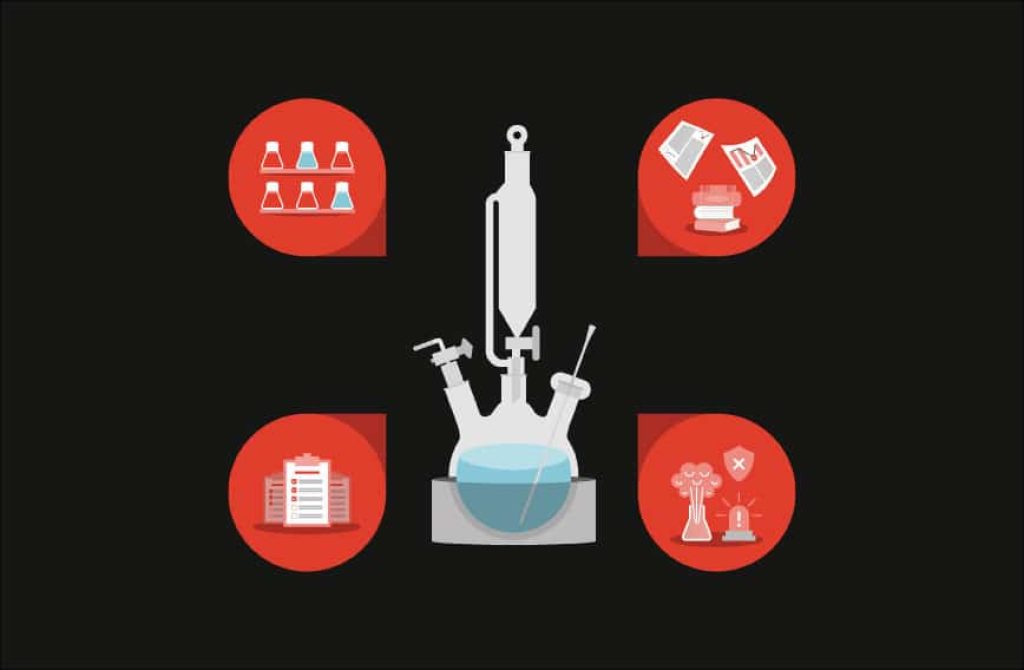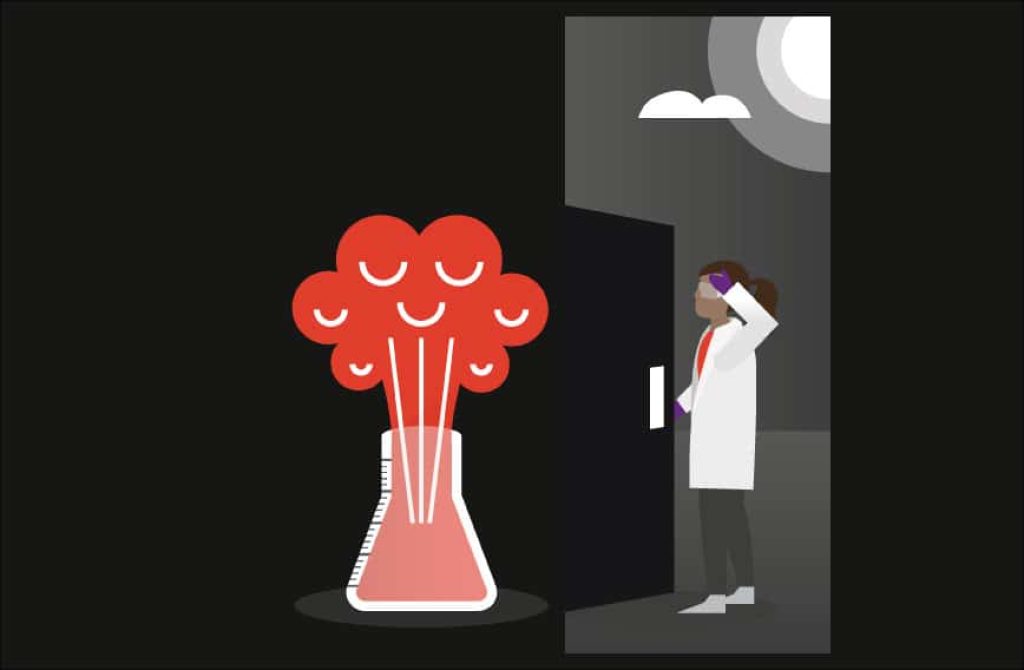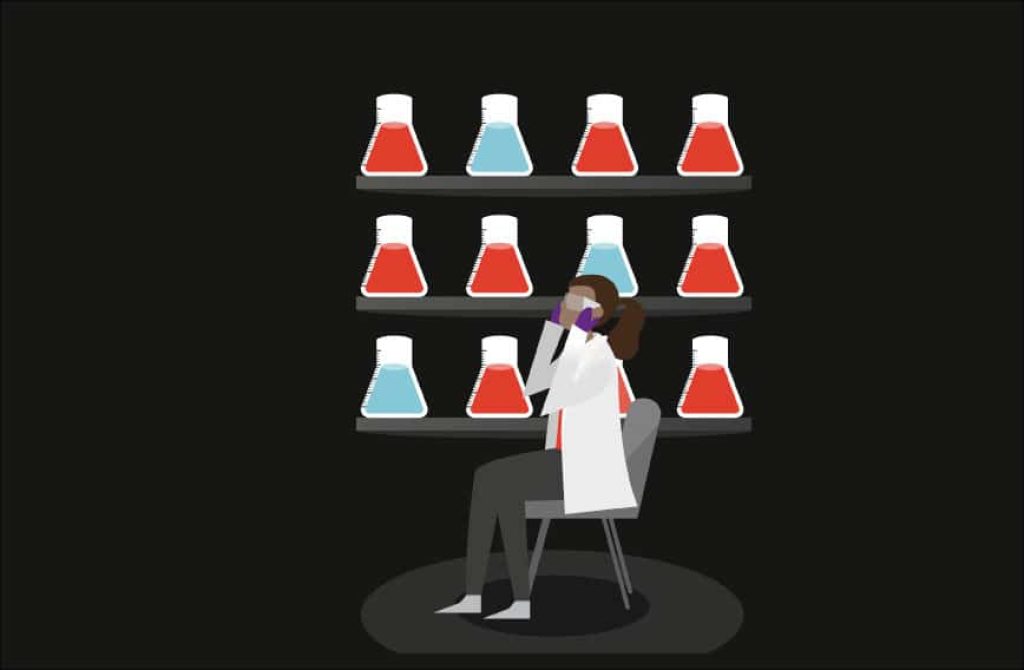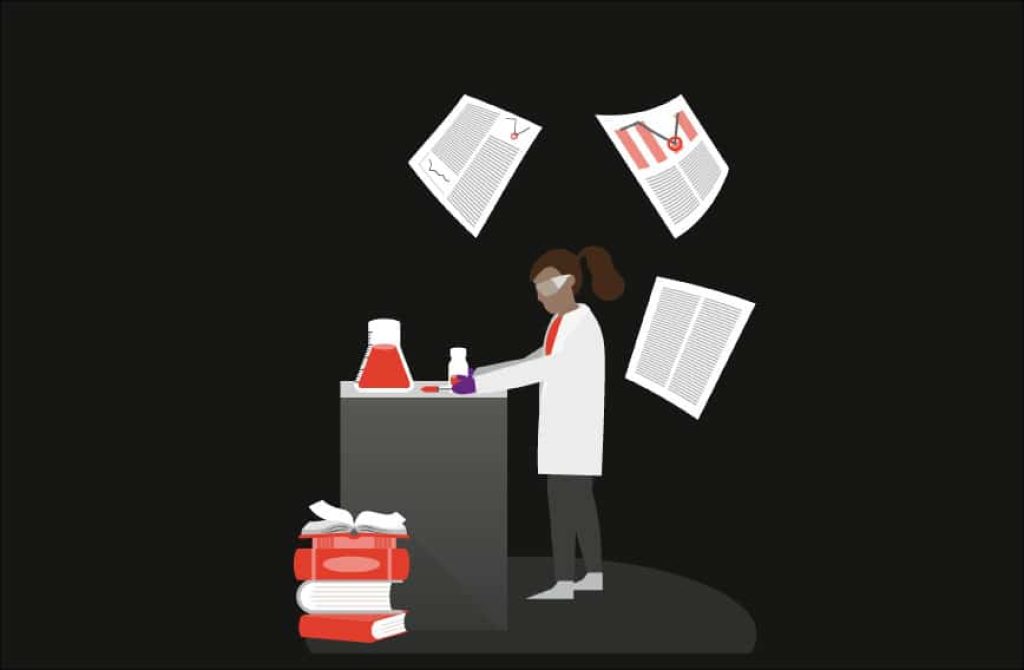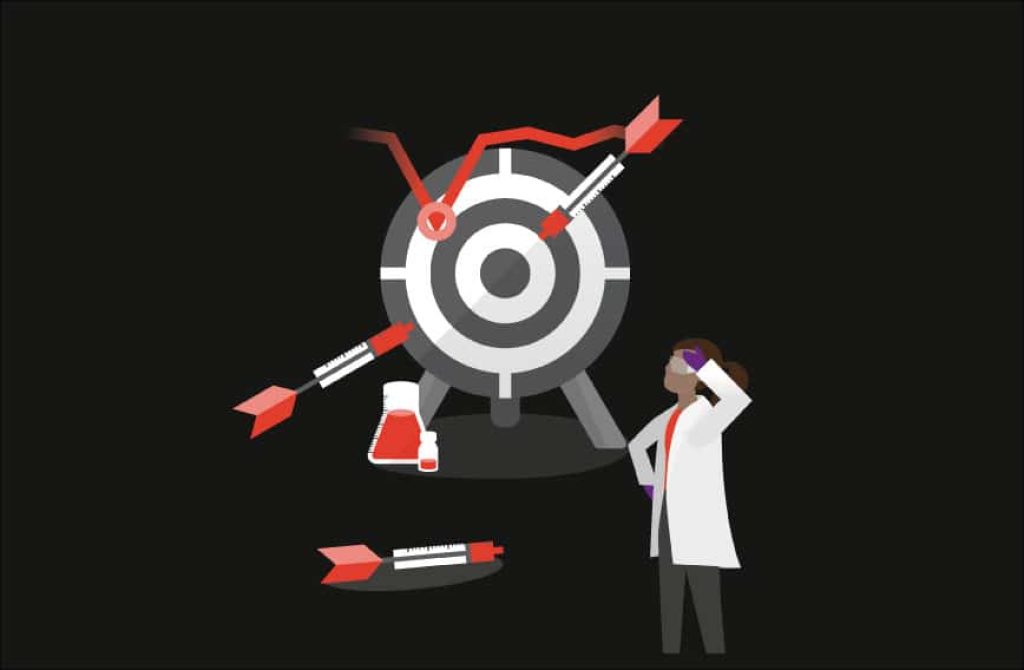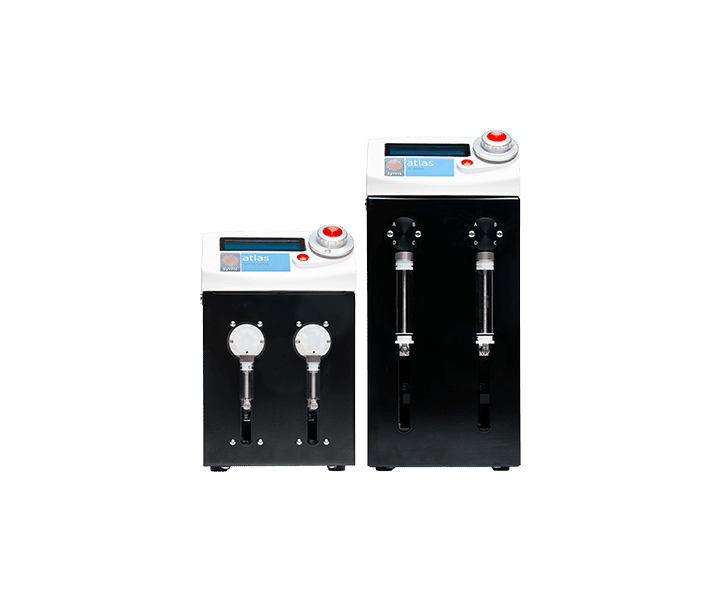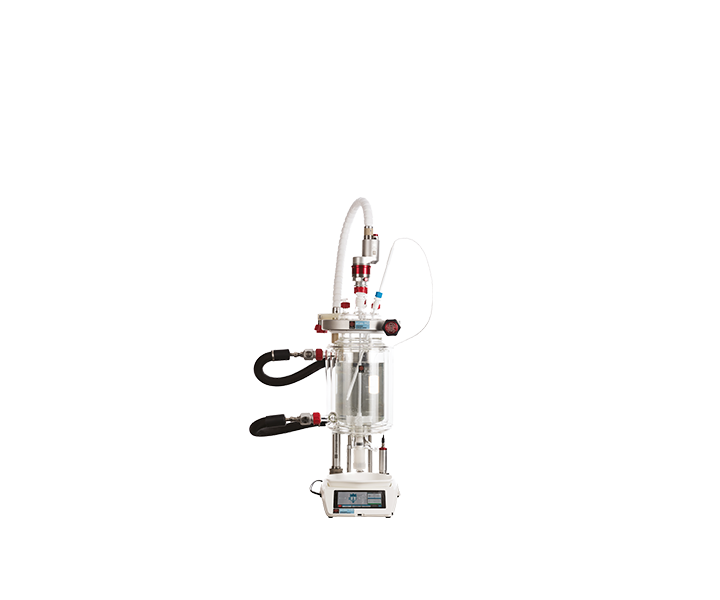What is the webinar about?
Automated dosing has been part of chemistry since the 1950s, transforming laboratory practice and scaling industrial production. Yet for many chemists, negative perceptions remain: automation feels expensive, complex to program, or unsafe to leave running unattended.
In reality, today’s systems are far more accessible than many expect. Automated dosing can integrate with any chemical setup, regardless of brand, without the need for extensive new equipment. It captures data passively, enhances safety by reducing human error, and ensures robust reproducibility. The result: fewer failed experiments, reduced material loss, and greater freedom to focus on discovery.
Who’s it for?
Process and discovery chemists, both those still using manual pumping and dosing systems and those already working with automated solutions.
Topics covered
-
-
- The pitfalls of manual dosing
- Latest automated dosing technology solutions
- Illustrate how automation supports critical applications, such as tracking crystallisation behaviour and determining metastable zone width, to make experiments more reliable and reproducible
- Live Q & A session
-
Watch the Automation with no barriers webinar on-demand
We hosted a live questions and answers session at the end and have included this in the recording, but you’ll also find the answers to the questions below.
Questions & answers
At the end of the live webinar session, attendees asked some questions and they were answered live by Ravi and Andy. The questions and their answers can be viewed below.
-
What are the advantages of a syringe pump over other methods?
Accurate dosing, less pulsing, less dead volume.
-
Can I use my own pH meter to control pH together with the Atlas Syringe Pump?
If you have your own pH meter and want to control pH, the automation with our Atlas Software would be necessary, BUT pH probes have a life time of ~ 18 months, so its always best to get a new one and we’d recommend using our probes with our systems.
-
Is it possible to take samples at any chosen time with the pump autosampling function?
The autosampling function allows the user the define when the first sample will be taken and then the interval between each sample afterwards. For example: Take sample 1 after 4 hours and then take the following sample every hour. (S1=4 hrs, S2=5hrs, S3=6hrs, etc.)
-
Is it possible to pump volatile solvents such as acetone or dichloromethane?
Is it possible to pump volatile solvents like acetone or dichloromethane; we have special bottles for the solvent feed which is pressurised to assist. In addition, the pump draw rate can be reduced to stop cavitation.
-
In our lab, we run processes manually because of safety concerns, how does your software address this?
Through the use of safety feedback loops.
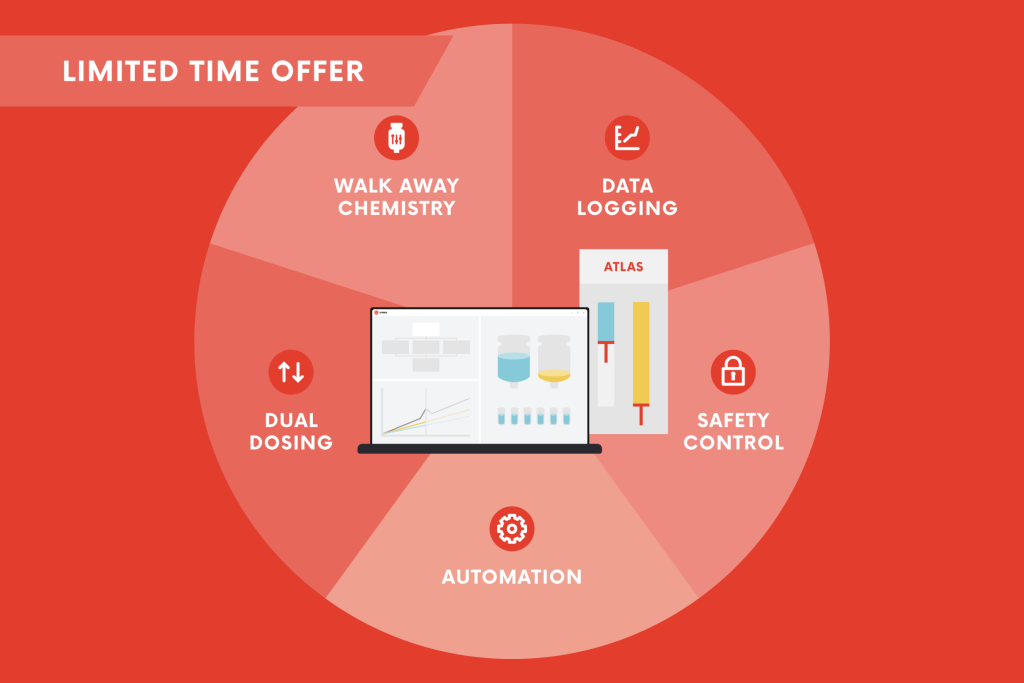
LIMITED TIME OFFER: save up to £4,000 today
£1,000 off the Atlas Syringe Pump. Applies to both Standard and XL pumps.
Offer includes Atlas Manager software at no extra cost (valued at £3,300).
Related products
If you’re interested in this webinar about automated dosing, let’s introduce you to the technology that makes it possible to capture data passively, enhance safety by reducing human error, and ensure robust reproducibility.
With the Atlas Syringe Pump and/or the Atlas HD Automated Jacketed Reactor, you can expect fewer failed experiments, reduced material loss, and greater freedom to focus on chemical discovery.
